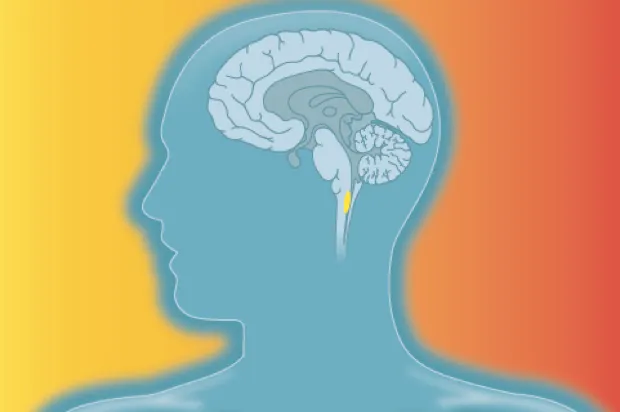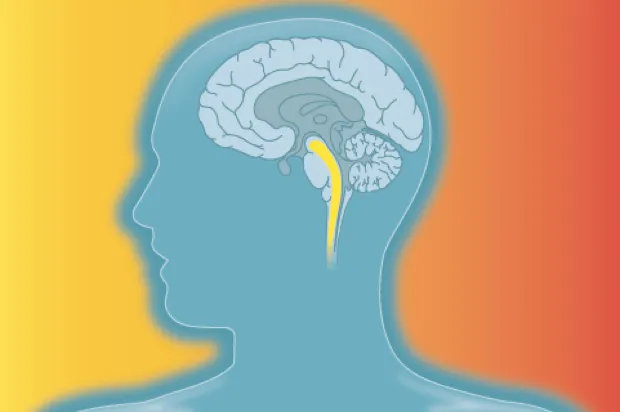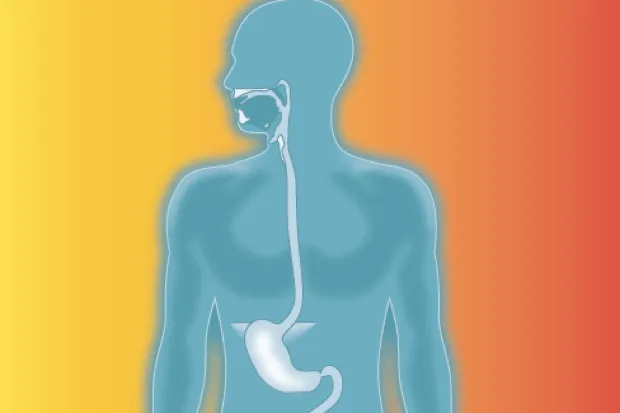Asked by: Kevin Morton, Chatham
One theory suggests that seasickness occurs when the motion we feel with our inner ear doesn’t match the motion we see. The brain mistakes this for a hallucination caused by poisoning, and we vomit as a defensive measure. Recent studies also suggest that side-to-side motion is much more nauseating than purely up-and-down movement.
Brain

The ‘area postrema’ is a part of the brain that detects chemical toxins, and triggers vomiting to get rid of them.
Brainstem

The ‘reticular formation’ group of neuron clusters regulates arousal. Seasickness is often accompanied by drowsiness, perhaps because the wave motion mimics the rocking that soothed us as infants.
Eyes

The eye muscles stretch as you automatically try to compensate for the motion. This may stimulate the vagus nerve, which can also trigger vomiting.
Inner ear

Conflicting signals from the utricle and saccule (otolith structures) that detect linear acceleration, and the semicircular canals that detect rotational acceleration, are another possible cause of nausea.
Mouth

In preparation for vomiting, the salivary glands produce extra saliva. This protects the mouth and throat from being burned by stomach acids.
Stomach

Sustained and powerful contractions of the diaphragm and abdominal muscles pressurise the stomach. When the upper oesophageal sphincter is released, the stomach contents spews out.
What happens in my body when...
Subscribe to BBC Focus magazine for fascinating new Q&As every month and follow @sciencefocusQA on Twitter for your daily dose of fun facts.